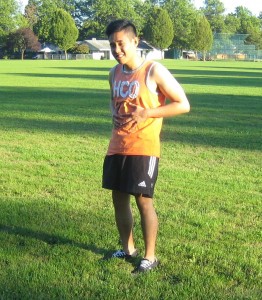Sunburn can happen even in just 15 minutes of being under the sun. Redness and discomfort remains unnoticeable within few hours.
Sunburn is a procedure or radiation that affects the skin. This can be caused by overexposure to ultraviolet radiation commonly comes from the sun. Kids younger than six years old and adults aging sixty and above are more delicate to sunlight.

Signs and symptoms of Sunburn
There is initial reaction for sunburn is redness or what we call erythema, followed by pain. Other symptoms may include edema, rash, fever, chills, syncope and peeling. Sunburns can also be categorized as superficial or partial thickness blisters.
When your skin turns red and hurts, you are getting sunburn. You can develop inflammation and sunburn blisters. You can feel headache, weakness, and flu along with sunburn. Few days later, your skin will start detaching and itching as your body tries to rid itself of sun-damaged cells.
Signs and symptoms
For mild sunburns, skin may turn into red and painful. Itchiness and skin warmth can also factors to be considered.
For severe sunburns, skin redness and blistering, swelling and tingling sensation can be experience. Nausea, headache, dizziness and fever can also be associated with this kind of sunburn.
What to do?
You all know that when skin is exposed directly to the sun for a long period of time, will cause sunburn. Your skin will eventually turn into red and irritated. These following may help you to treat sunburns:
- Act Fast to Cool It Down – Cool the burn with cold compress. Always remember that don’t apply ice directly to the sunburn, you might increase irritation to the skin.
- Moisturize While Skin Is Damp – Use moisturizing lotion. Use regularly to keep peeling skin moist over the next few days.
- Decrease the Inflammation – Aloe vera may be used to soothe mild burns and is considered safe. Wear loose and breathable clothing to avoid skin irritation.
- Replenish Your Fluids – It’s important to re-hydrate by drinking plenty of water, including sports drink to replenish electrolyte.
- Take an anti-inflammatory medicine – This can help reduce the redness and pain.
- See a Doctor If … – If severe blistering over a large portion of the body is occurring and the person has a fever, you should seek medical help already. Untreated blisters may lead to infection.
